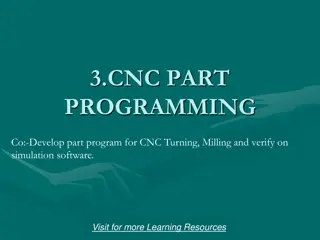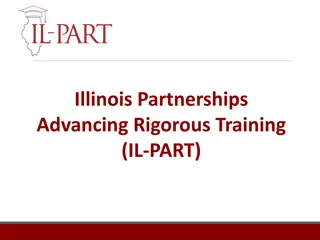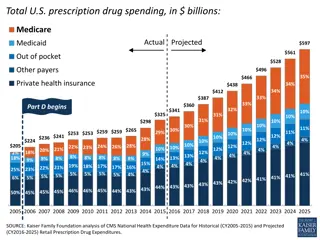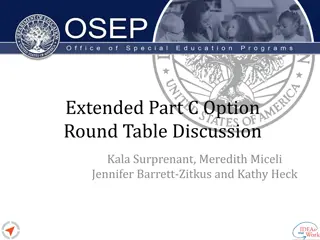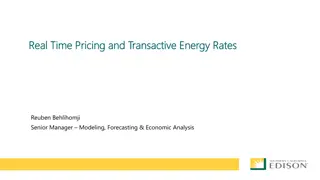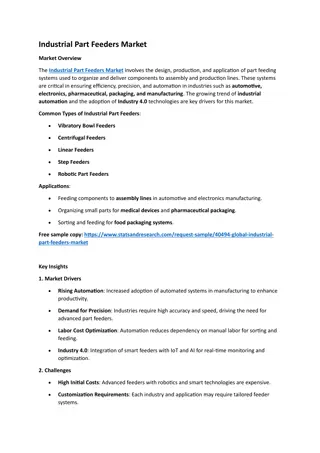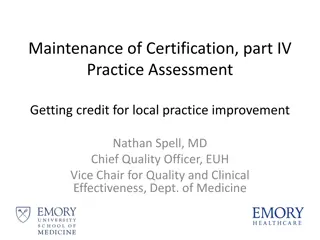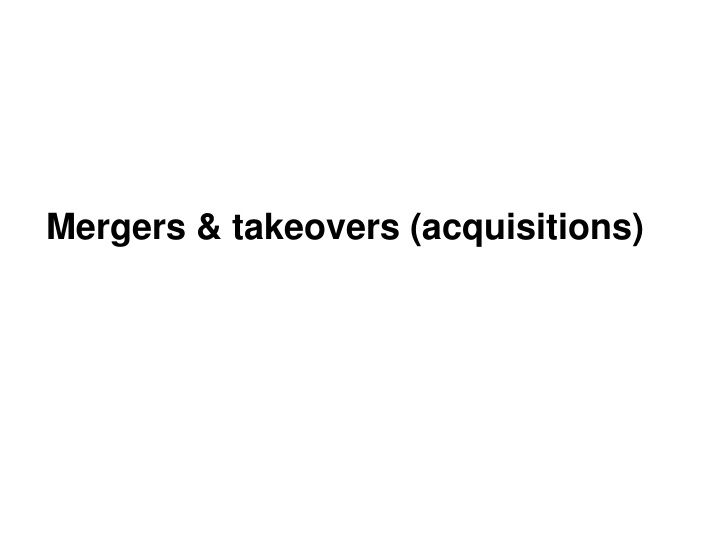
Mergers, Takeovers, and Acquisitions in Business
Explore the intricacies of mergers, takeovers, and acquisitions in the business world, including the definitions, reasons, and benefits associated with these strategic moves. Delve into the concept of synergy, financial gains, and the various motivations behind corporate mergers.
Download Presentation

Please find below an Image/Link to download the presentation.
The content on the website is provided AS IS for your information and personal use only. It may not be sold, licensed, or shared on other websites without obtaining consent from the author. If you encounter any issues during the download, it is possible that the publisher has removed the file from their server.
You are allowed to download the files provided on this website for personal or commercial use, subject to the condition that they are used lawfully. All files are the property of their respective owners.
The content on the website is provided AS IS for your information and personal use only. It may not be sold, licensed, or shared on other websites without obtaining consent from the author.
E N D
Presentation Transcript
Merger: Combination of two separate entity & creation of one reporting entity Take over: The acquisition of controlling interest in the voting share capital of another company
Mergers and acquisitions involve many issues, including Corporate governance. Form of payment. Legal issues. Contractual issues. Regulatory approval.
Reasons for mergers & acquisitions Main Reason: Synergy Where present value of the combines enterprise is greater than the sum of present value of the individual companies i.e 2+2=5 Synergy= VAB- ( VA+VB) Because combined entity results provide better return that was being achieved as by the separate companies same resources used in two Type of synergies Operating Financial Other effects
SYNERGY Suppose Firm A is contemplating acquiring Firm B. The acquisition will be beneficial if the combined firm will have greater value than the sum of the values of the separate fi rms. If we let VAB stand for the value of the merged firm, then the merger makes sense only if: V AB > V A + VB Where V A and V B are the separate values. A successful merger thus requires that the value of the whole exceed the sum of the parts. The difference between the value of the combined firm and the sum of the values of the firms as separate entities is the incremental net gain from the acquisition, V = VAB - (VA + VB) When V is positive, the acquisition is said to generate synergy .
Example for synergy Suppose that the A Company has made an offer for the B Company that consists of the purchase of 1 million shares at $20 per share. The value of B Company stock before the bid was made public was $15 per share. A Company stock is trading at $40 per share, and there are 10 million shares outstanding. A Company estimates that it is likely to reduce costs through economics of scale with this merger of $3 million per year, forever. The appropriate discount rate for these gains is 10%. What are the synergistic gains from this merger?
Other reasons Diversification Revenue Enhancement Cost Reductions Tax Savings Reductions in capital needs Bootstrapping earnings Finance & liquidity Asset backing Growth Defensive merger
Bootstrapping earnings Bootstrapping earnings is the increase in earnings per share as a result of a merger, combined with the market s use of the pre-merger P/E to value post- merger EPS. i. e: Company One offers 1 share for each 2 shares of Company Two If Market applies pre-merger P/E of Company One to post-merger earnings.
Factors need to consider in a takeover decision 1. Price Factor Cost of the acquisition Whether acquisition worth for price How to determine the value of the business Earnings Assets prospects sales & growth How it would contribute to the strategy of the predator company 2. Other Factors Whether takeover desirable by the predator companies shareholders Are the target company amenable to the takeover Form of the purchase consideration take How would takeover be reflected in public accounts Any other potential problems
Basic form of acquisitions- Purchase of Shares of the target company Shareholders shares target company simply be bought back Example A company is going to acquire B Company for $400Mn Cash " A" " B" $ $ Book Value of Net assets No of shares Earnings 1,500Mn 100Mn 2,000Mn 200Mn 10Mn 40Mn Determine the takeover is worth for A Ltd
Share Exchange Acquiring company will issuing shares to the target company 1. A Company will acquire B company & A will issue shares to B Company shareholders in exchange of their shares 1. Raise cash on the share market & used it to by shares of the target company shares
Example 01 A Ltd is going to acquire B Ltd. B agree for share for share exchange & B Share holders will receive 25% premium on their current market price Determine the number of new shares issued to B Ltd " A" " B" No of shares Earnings P/E Ratio 40Mn 60Mn 10Mn 10Mn 10 12
Example 02 A Ltd is going to acquire B Ltd. B agree for share for share exchange. The market price of shares are regarded as accurate reflection of their intrinsic value. The takeover expected to have cost saving which have present value of 12million. Bid offer: one share of A for every thee shares of B " A" " B" No of shares Earnings P/E Ratio 20Mn 10.00 6Mn 3.00 10 12 Calculate the wealth of the shareholder who owns 1000 shares
Example 03 A Plc & B Plc are listed companies " A" Plc " B" Plc Profit after tax No of shares PE Ratio 2.75Mn 10M 2.4Mn 5Mn 12 10 Bid: 5 New shares in " A" for every 3 shares in "B" Calculate premium % price offered to " B"
Evaluating Bidder The acquiring firm shareholders want to minimize the amount paid to target shareholders, not paying more than the pre-merger value of the target plus the value of the synergies. The target shareholders want to maximize the gain, accepting nothing below the pre-merger market value
Evaluating Formula Target shareholders gain = Premium = PT VT where PT= price paid for the target company VT= pre-merger value of the target company (10-7) Acquirer s gain = Synergies Premium = S (PT VT) where S = synergies created by the business combination (10-8) VA* = VA+ VT+ S C (10-9) where VA*= post-merger value of the combined companies VA= pre-merger value of the acquirer C = cash paid to target shareholders
i.e Suppose that the A Company has made an offer for the B Company that consists of the purchase of 1 million shares at Rs 20 per share. The value of B Company stock before the bid was made public was Rs 15 per share. A Company stock is trading at Rs.40 per share, and there are 10 million shares outstanding. A Company estimates that it is likely to reduce costs through economics of scale with this merger of Rs.3 million per year, forever. The appropriate discount rate for these gains is 12%. 1. What are the synergistic gains from this merger? 2. What parties, if any, share in these gains? 3. What is the estimated value of the A Company post-merger?



